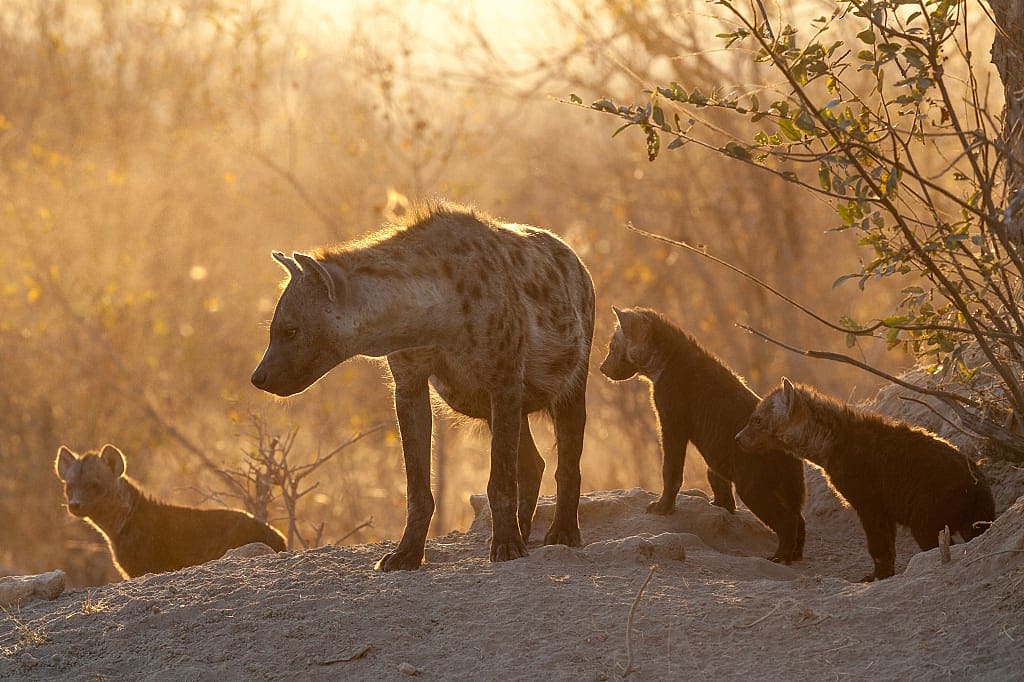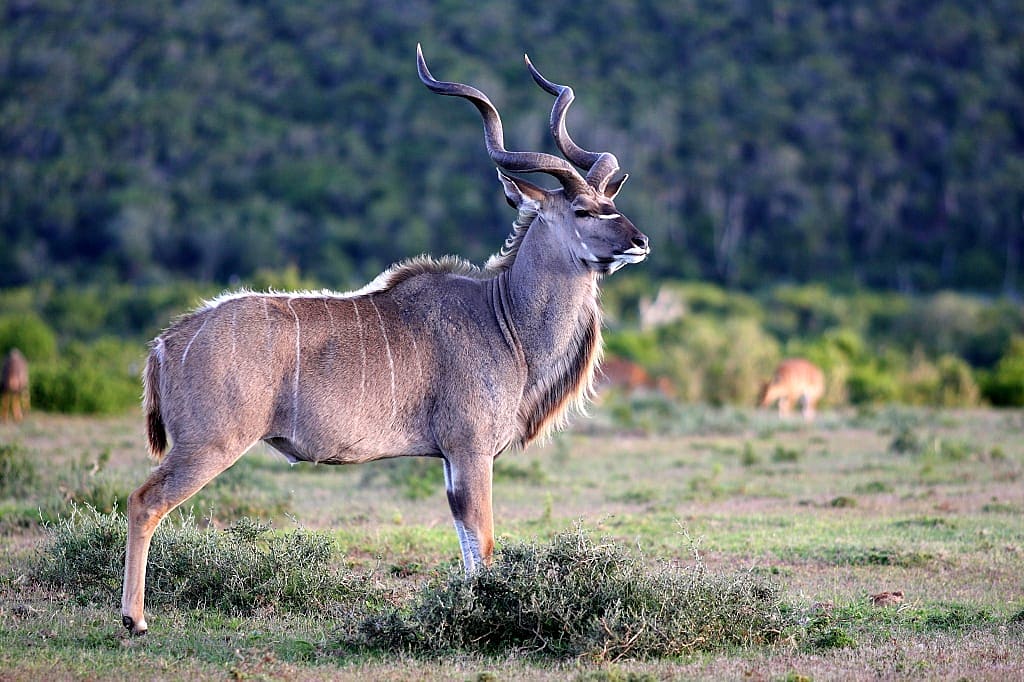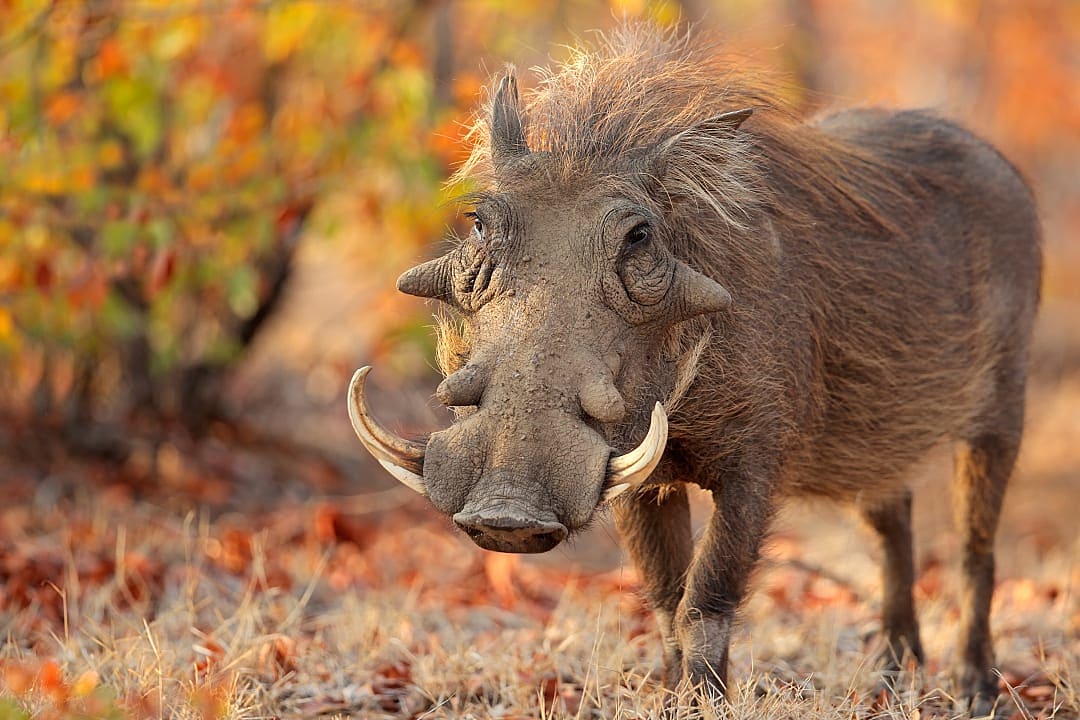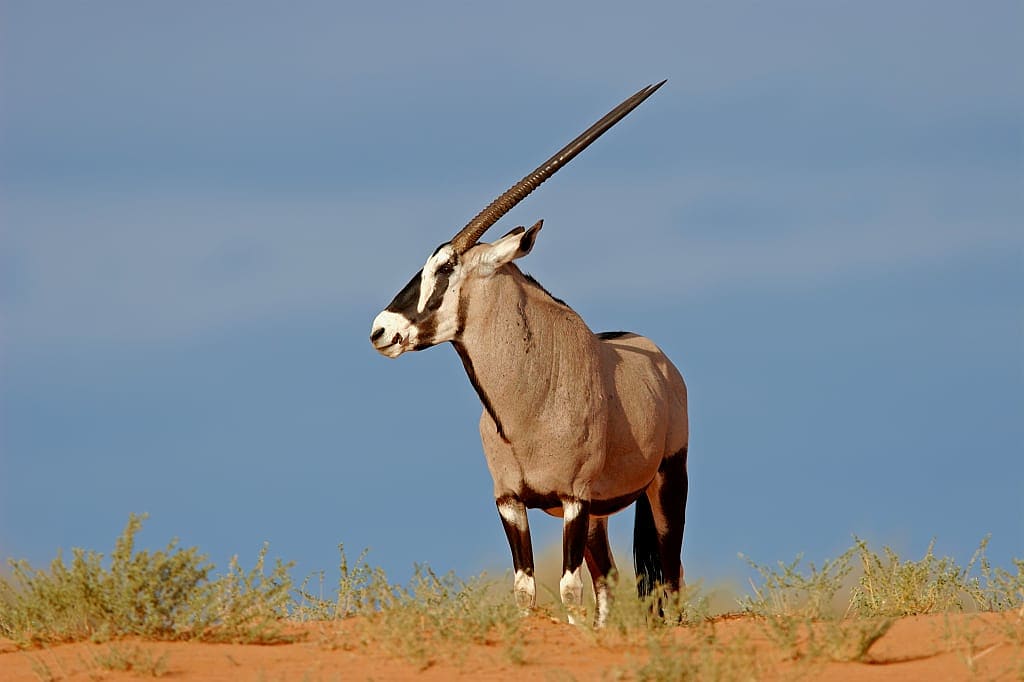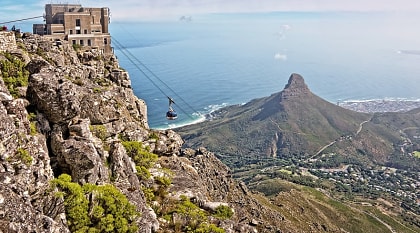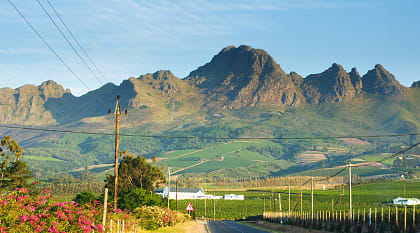A World Leader in Wildlife Protection
South Africa is a global pioneer in wildlife management, with a sophisticated, multi-faceted conservation model. This is built on a deep understanding that protecting wildlife goes beyond saving animals; it's about preserving entire ecosystems, empowering local communities, and ensuring the sustainable, long-term health of the wilderness. This forward-thinking approach is why you can experience such a density and diversity of life in its world-renowned parks and reserves.
Every Animal Matters in the South African Ecosystem
In South Africa, conservation recognizes that the ecosystem is an intricate web where every species, from the largest elephant to the smallest termite, plays an essential role. The health of the whole depends on the integrity of all its parts.
- Keystone Species: These are animals like elephants, which act as "ecosystem engineers" by shaping the landscape, or top predators like lions, which regulate herbivore populations and maintain the health of the herds.
- Biodiversity Indicators: The presence, or absence, of sensitive species like cheetahs or wild dogs serves as a crucial indicator of the overall health, balance, and wildness of the environment.
- Resilience of Nature: By protecting the full spectrum of life, from iconic giants to the often-overlooked small mammals, birds, and insects, this model ensures the ecosystem is robust, diverse, and resilient enough to face environmental challenges.
Conservation as a Shared Responsibility
South Africa's model is famously built on the principle that conservation must benefit the people who live alongside the wildlife. It is a shared responsibility, funded and supported by a unique partnership between government, the private sector, and visitors.
- Community Empowerment: Many reserves, particularly private and community-run conservancies, are deeply integrated with local communities. This ensures conservation creates jobs, funds schools, and provides tangible benefits, making wildlife more valuable alive.
- Funding the Front Lines: Your visit is a direct contribution. The conservation levies and park fees included in your safari are critical funds that go directly to anti-poaching units, habitat management, and veterinary care.
- Presence as Protection: The simple, responsible presence of safari vehicles is one of the most effective deterrents to poaching, providing a constant, protective watch over vulnerable species.
A Brief Note on Private Reserves vs. National Parks
As you plan your safari, you will encounter national parks like Kruger and adjacent private game reserves, such as Sabi Sand. The former offer a vast, self-driven experience, while private reserves provide an exclusive, luxury-focused one, with benefits like off-road driving for closer sightings, night drives, and guided bush walks, which are often restricted in national parks. To find out more, take a look at our National Parks, Conservancies, Private Concessions, & Private Game Reserves: What’s the Difference?.











